
The Chua Memristor Center provides some videos about Memristors and research topics here.
MEMRISYS 2024 Opening Lecture of Prof. Leon Chua (University of California, Berkeley, and Honorary Chair of the CMC) in Seoul, 10.11.2024
Keynote of Prof. Leon Chua (University of California, Berkeley, and Honorary Chair of the CMC) at the CNNA Conference in Catania, 29.09.2021.
In this video lecture, Alon Ascoli talks about the Theory of Local Activity. It’s a three-hour extended version of ECCTD2020 Plenary Talk for the Chua Memristor Center (CMC). The theoretical concepts are explained with illustrative examples from electronics, and biology.
In 2015 Prof. Leon Chua gave an exciting lecture series at HP Labs in Palo Alto, CA. The pioneer in neural networks and Memristor research offered a peek into his work and various research areas.
The course of twelve weekly lectures was a journey from Memristors over Cellular Nonlinear Networks to the Edge of Chaos.
The first symposium on Memristors and Memristive Systems took place at UC Berkeley, CA. For the first time ever since Leon Chua published his paper in 1971, it was possible to discuss the potential of memristors.
The missing memristor was freshly found by a team of R. Stanley Williams at HP Labs. Join the beginning!
